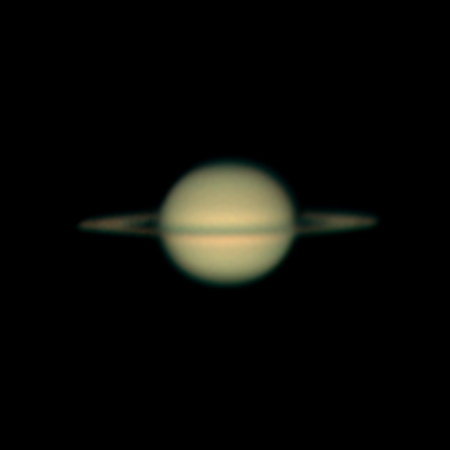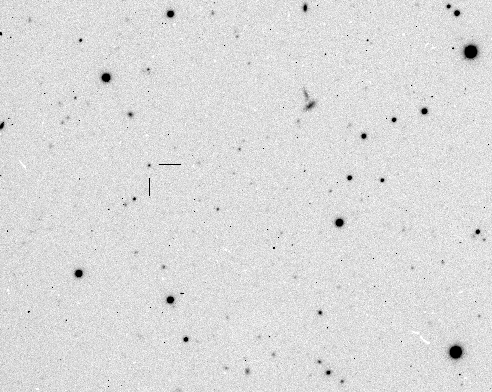Last night was the peak for this year’s Perseid meteor shower and the weather was reasonably kind with only occasional cloud until 2AM when it clouded over.
I’ve got a lot of photos to sort through but this image came from one of the longer exposures aimed at capturing the star background. A single 90 second exposure at ISO1600, f/3.5, 18mm.




